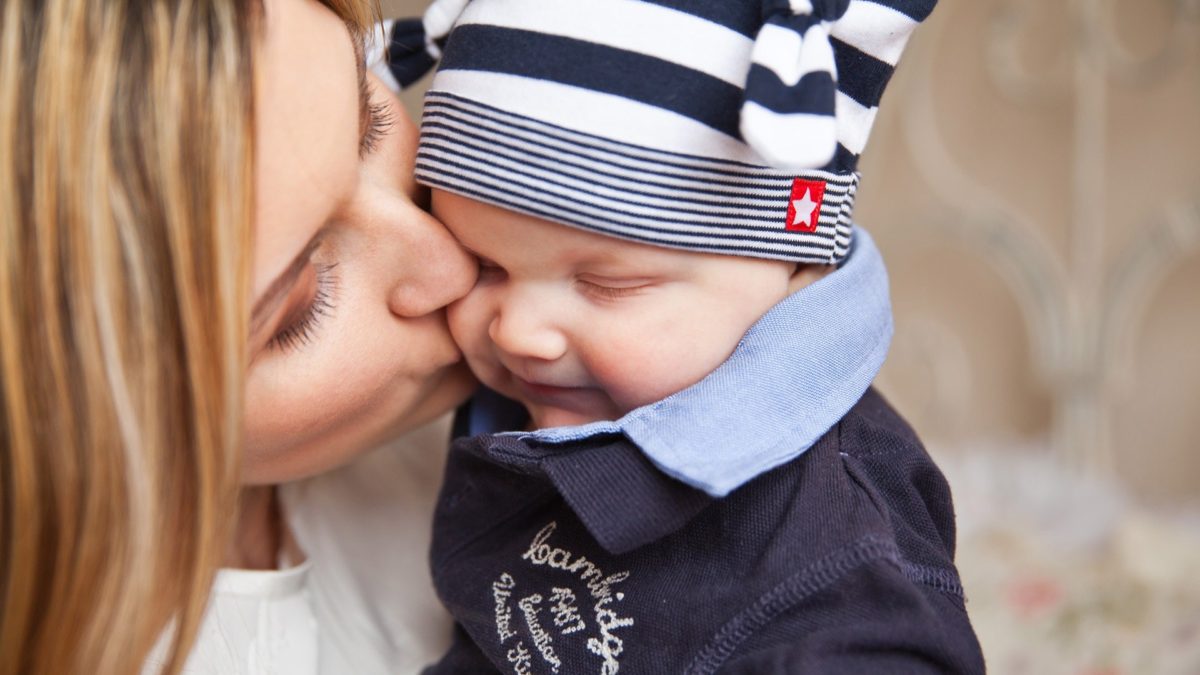Parenting Styles

Let’s start by saying there is no one size pits all for parenting. There is no right (or typically wrong) way to parent.
Whilst there may seem to be a constant slight shift to the names and approaches of parenting styles as often as the decades change and there may be the introduction of new parenting styles into the mix, we tend to fall back to Baumrind’s theories of parenting styles.
New parenting styles are being introduced.
Reflecting on where you fall into the parenting style spectrum can be helpful.
It is important to be mindful that there is not a one size fits all approach to parenting. Each child and parent are different.
The most important aspect of parenting is supporting your child’s healthy growth and development.
A parenting style influences the interactions, guidance and relationship with your child.
Generally, a parent will identify with one style of parenting more heavily.
A parent may switch between styles and utilize certain aspects of a style depending on circumstances, ages, etc, although generally will fall back into a particular and familiar style repeatedly.
Each parenting style takes a different approach and can be identified by specific characteristics
A parent will have high expectations that their children comply with rules.
The phrases “because I said so” or “its my way or the highway” could ring true in this approach to parenting.
This is where obedience is highly valued and the parents’ word is final or the ‘law’.
Questioning and compromise are discouraged or non-existent.
Negotiation or flexibility is not a component.
The focus is on obedience.
As a result problem solving is not encouraged as there is little regard for the child’s opinion.
There are rules and consequences and often use punishment over guidance.
Children are at risk of lower self esteem, poor problem solving and analytical thinking when parented with this approach.
They are very warm, nurturing and responsive.
The parent’s makes few demands or expectations on their children. The phrase “kids will be kids” is common in this approach and a child may be labelled as a “spoilt brat”.
It is marked by open communication, however it is also a less controlling, non-punishing way as they do not try to shape or control the child’s behaviour.
This style is where parents use reason rather than power to deal with situations. if consequences are given they are often relaxed or not consistent.
permissive parenting is often child led where a child is able to set the pace in rules, expectations and behaviours. For example, a child does not have a set bed time and can chose when to go to bed.
Children parented with this approach tend to not appreciate authority or rules and may exhibit ‘bad’ behaviours, have trouble conforming to rules and make poor decision choices. Children are often more impulsive but may also be emotionally secure.
This approach is warm, rational and receptive to the child, their needs and feelings with good communication.
It is where parent’s establish limits, explain the reasons behind your rules with open communication, affording some freedom for a child to have input or make their own choices and decisions and compromise.
This approach validates child’s feelings and opinions, has clear guidelines and expectations using positive discipline strategies to reinforce good behaviour such as praise or acknowledgement.
Authoritative style of parenting means parents do exercise firm control where discipline and autonomy is valued and allow developmentally appropriate decisions to be made by the child if applicable.
Children parented with this approach are more likely to be responsible adults comfortable to communicate and share their opinion, make good decisions and evaluate safety risks on their own.
This approach is more let the child raise themselves approach. They may appear neglectful but this may not be the intention.
Sometimes, the reason behind the apparent lack of parenting may be mental health issues, substance abuse, financial stress, work priorities etc or it may be a lack of understanding and knowledge of how to parent.
Alternatively, the parent may be overwhelmed with the reality of parenting and the responsibility it entails such as managing a household.
They often don’t ask questions about your child’s day or spend much time with them.
There tends to be few if any rules and a child will receive limited guidance, nurturing, and parental attention.
Children parented with this approach often have low self esteem, exhibit more frequent behaviour problems or anti-social behaviours and generally have attachment issues.
It may rely heavily on their own experiences from their childhood. For example, cereal for breakfast daily as it is an instinctive nature to do so.
It doesn’t come with any specific rules or expectations. The parent is raising their child based more on how they were parented.
A parent seems to have a ‘hyper-involvement’ approach to parenting.
Often this entails dictating what the child will do, their interests, etc and the parent is heavily involved and influences the child’s daily life.
It make take the shape of a parent hovering over a child when they play or ride a bike or in later years in regards to schooling and homework.
A parent may never leave the child to play alone, or actively promote independence, or constantly ask for progress reports from their preschool, etc.
A helicopter parent may parent using this approach based on anxiety, fear of the future, a sense of purpose. While this style of parenting may offer greater happiness and a sense of meaning to their life for children it may not be the case.
Children parented with this approach often have a low self esteem and self confidence. A child may also develop entitlement issues and consider that everyone will bend over backwards to their every whim.
The approach is geared towards limiting the need for separation.
This can include extended baby wearing, bed sharing and extended breast feeding.
You may also hear other parenting styles such as free-range and so on.






